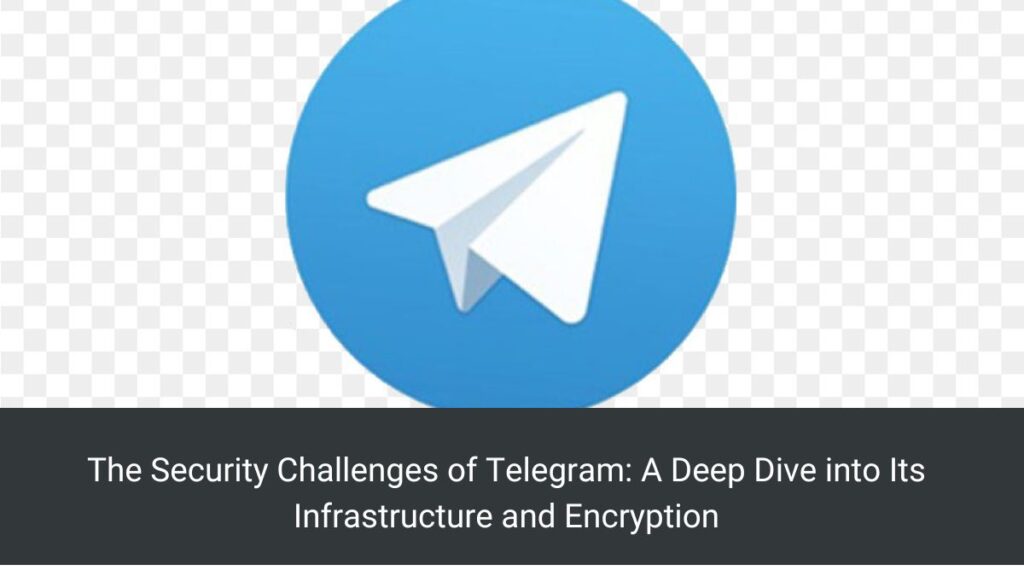In recent discussions sparked by Telegram founder Pavel Durov’s statements, concerns over the messaging platform’s security practices have once again come to the forefront. Durov’s revelation that Telegram employs “about 30 engineers” has raised significant eyebrows among cybersecurity experts, who argue that such a lean team may be insufficient to safeguard a platform boasting nearly one billion users worldwide.
The Engineering Quandary: Quantity vs. Quality
Durov’s assertion that Telegram operates with a minimalistic team of engineers has drawn criticism from cybersecurity experts and analysts alike. While he portrays this setup as a testament to efficiency, experts caution that security in the digital age demands robust investment in both human resources and technology infrastructure. Matthew Green from Johns Hopkins University points out that Telegram’s reliance on proprietary encryption algorithms, rather than industry-standard practices like end-to-end encryption by default, introduces vulnerabilities that could be exploited by malicious actors.
Eva Galperin, a cybersecurity director at the Electronic Frontier Foundation, echoes these concerns, emphasizing Telegram’s dual role as a messaging platform and a social media hub. She notes that managing such a diverse ecosystem of communications without adequate staffing for legal compliance, content moderation, and cybersecurity oversight poses substantial risks. Galperin underscores the potential allure for threat actors eyeing Telegram as a prime target due to its perceived vulnerabilities stemming from its understaffed security team.
Encryption Woes: End-to-End Security Concerns
One of the primary criticisms levied against Telegram is its encryption policy. Unlike competitors such as Signal or WhatsApp, Telegram does not enable end-to-end encryption by default across all messages. Users must opt into “Secret Chats” to activate this feature, leaving other communications potentially accessible to Telegram and, in extension, governmental entities requesting user data. This approach diverges significantly from the stringent privacy standards upheld by other leading messaging platforms, raising doubts about the adequacy and reliability of Telegram’s encryption protocols.
The Impact on User Privacy and Data Security
With Telegram serving as a preferred platform for diverse user groups, ranging from cryptocurrency enthusiasts to activists and even disinformation networks, the stakes for robust cybersecurity measures are exceptionally high. The platform’s wide-ranging user base necessitates a comprehensive approach to data protection and security, an area where Telegram’s limited engineering workforce may struggle to meet the stringent demands of safeguarding user data against sophisticated cyber threats.
Legal and Compliance Challenges: A Looming Concern
Beyond technical vulnerabilities, the operational challenges faced by Telegram extend to legal and compliance domains. The absence of a sizable team dedicated to handling legal requests, content moderation, and cybersecurity incident response could expose the platform to regulatory scrutiny and compromise user trust. SwiftOnSecurity, a prominent voice in cybersecurity circles, highlights the exorbitant costs associated with maintaining a secure digital infrastructure, suggesting that Telegram’s lean approach may be ill-suited for mitigating evolving cyber threats effectively.
The Path Forward: Enhancing Security Measures
As Telegram continues to navigate these challenges, there is a compelling need for strategic investments in cybersecurity resources. This includes bolstering the platform’s encryption standards, expanding its engineering team to enhance proactive threat detection capabilities, and implementing robust protocols for managing user data privacy. By adopting a more comprehensive approach to cybersecurity, Telegram can mitigate the risks associated with its current operational model and uphold its commitment to protecting user communications in an increasingly interconnected digital landscape.
Looking Beyond Efficiency to Security
Telegram’s assertion of operational efficiency through a small engineering team underscores broader concerns regarding its ability to safeguard user privacy and data security effectively. While the platform has amassed a substantial user base globally, its approach to encryption, staffing, and compliance management warrants careful scrutiny from both cybersecurity professionals and the broader public. As digital threats continue to evolve, Telegram must prioritize investments in cybersecurity infrastructure to fortify its defenses and ensure the resilience of its platform against emerging cyber risks.
By addressing these critical areas, Telegram can not only enhance its reputation as a secure messaging platform but also reinforce user trust in an era where digital privacy and security are paramount concerns. The path forward demands a concerted effort to bridge the gap between operational efficiency and robust cybersecurity practices, safeguarding the integrity of user communications and upholding the fundamental principles of privacy in the digital age.

